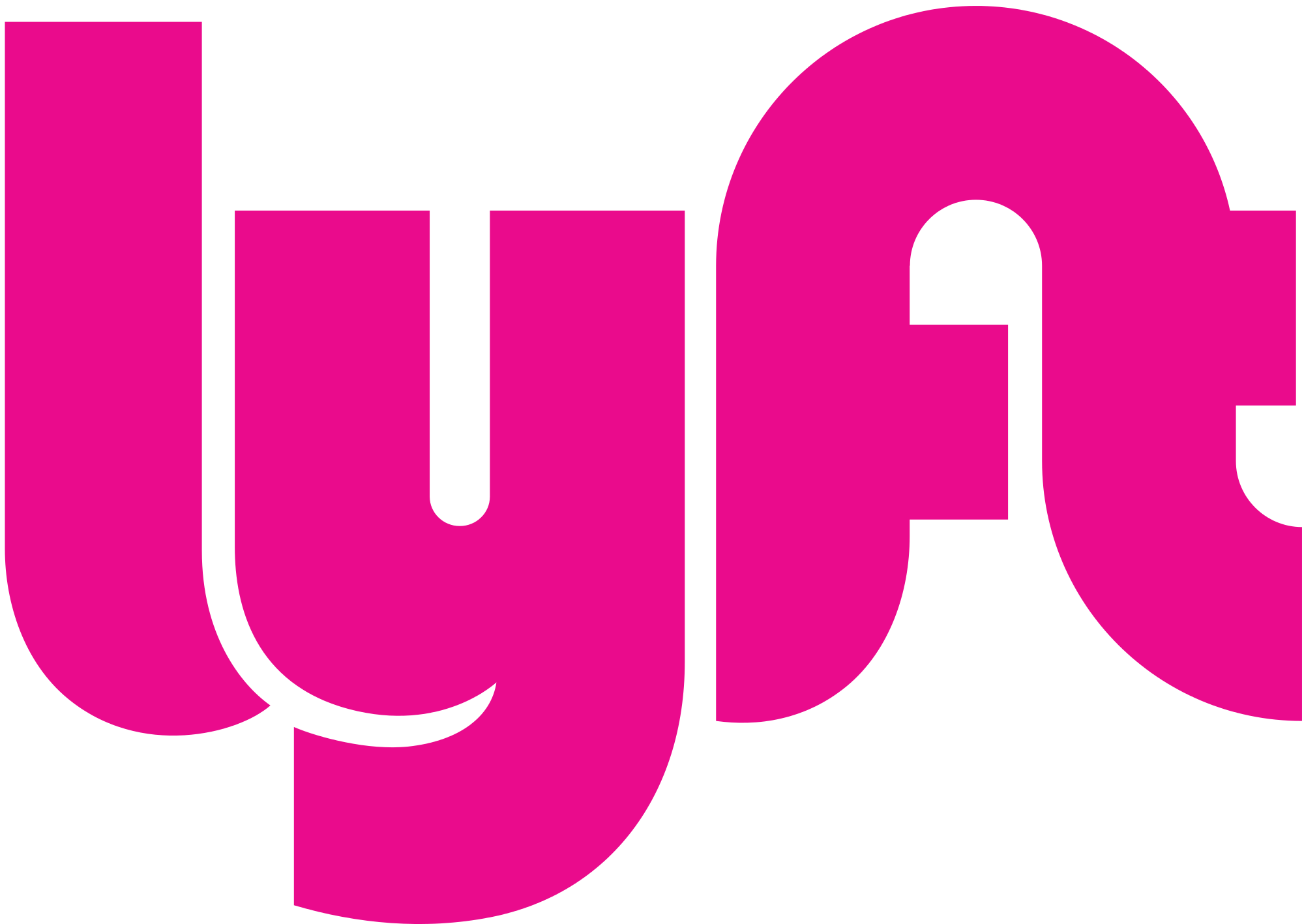Side note:
Soft music plays.
Logos:
J.P.Morgan and Chase.
Text on screen:
'Milwaukee Fortress: Preserving the past while serving the future.'
Jonathan Beck:
Growing up, I was always into history.
On screen:
Text appears over a man in a suit, speaking from a restored building with an exposed brick wall.
Text on screen:
'Jonathan Beck, Development Project Manager, The Alexander Company.'
Jonathan Beck:
I was just almost mesmerized by a lot of the urban fabric and curious about the decay of a lot of it.
On screen:
Photos show a weathered five-story building with a stained concrete courtyard and rusted fire escapes. Inside the crumbling red-brick exterior, a broken piano leans against a support beam near a heap of building materials and trash.
Jonathan Beck:
And I used to be a newspaper boy and I would read about these types of developments. So I mean, I was familiar with the Alexander Company from when I was 10 years old.
Text on screen:
Text appears: 'The Alexander Company wanted to transform the Fortress building in Milwaukee and preserve its historic presence.'
On screen:
Now, the restored red-brick building stands on a modern street corner.
Jonathan Beck:
Alexander Company was both the developer and the architect in the Milwaukee Fortress building.
On screen:
A historic drawing shows the five-story building as a shoe factory surrounded by horse-drawn carriages and trolleys.
Jonathan Beck:
But it was one of the largest tanneries in the world making something like 9,000 pairs of shoes a day.
On screen:
Old footage shows hundreds of men pouring into the building, a sewing machine stitching a seam, and a worker polishing a finished pair of leather boots.
Jonathan Beck:
It got developed in phases between 1892 to 1912, and we always kind of had our eye on this project as a potential to repurpose into what it is now.
On screen:
Jonathan admires framed historic documents on the wall honoring the F. Mayer Boot and Shoe company.
Jonathan Beck:
We've done a lot of, some of the most complicated projects in the country. Generally when we're tackling these types of projects, we're both trying to figure out the financial puzzle and then also the design puzzle.
On screen:
Jonathan takes a call at his desk, and types on his laptop. Then, text appears over a man in a white dress shirt and blazer:
Text on screen:
'Shannon Metoxen, Milwaukee Division Manager, JP Cullen.'
Shannon Metoxen:
What's unique in these jobs is you really have to get in and understand these jobs. These aren't something that you just look at a print and you put a price to.
On screen:
A photo shows a crane over the building, covered in scaffolding. More photos show a long hall under construction, and workers framing doorways. Another builder walks through the courtyard.
Shannon Metoxen:
We spent a lot of time upfront walking the building.
On screen:
Text appears over a man with a beard and glasses.
Text on screen:
'James Madlom, CEO, Mueller Communications.'
James Madlom:
This is an opportunity to raise awareness of a site like this. Introduce the community of Milwaukee to the country, to this rich historic site.
On screen:
Another illustration shows the building in color, and a black and white photo shows a group of men and boys in a fabrication room. Now, a man in a grey suit.
Text on screen:
'Peter Zanghi, President, Milwaukee Preservation Alliance.'
Peter Zanghi:
Well any community, when they're going to look at a project like this, it's going to require a little bit more creativity on how to get it financed. This project would not have happened without historic tax credits, both at the federal and the state level.
On screen:
A man smiles in a blazer.
Text on screen:
'Tim Karp, Historic Tax Credit, JPMorgan Chase.'
Tim Karp:
It's a great economic development tool.
On screen:
Tim and Jonathan gaze out from the rooftop of the Fortress building, which overlooks downtown Milwaukee.
Tim Karp:
A lot of the projects we do are in areas that are changing or developing or undergoing some renaissance, and to help spur along that additional redevelopment is important to the firm.
Text on screen:
Text appears: 'The project has been successful, drawing visitors and helping spur neighborhood development. The 192,000-square-foot building includes: 132 market-rate apartments, 12,000 square feet of community amenities, and 25,000 square feet of commercial space.'
Tim Karp:
So seeing a building that's tired, has a lot of deferred maintenance, upgraded and come to new life is a really exciting part of all of our historic tax credit equity investments and is a really cool thing for us to see.
On screen:
Before and after images show a basement space transformed into a warmly lit lounge and offices, and a crumbling brick room with arched windows restored and stylishly furnished. An abandoned office space with old carpeting becomes a modern foyer with polished wood floors.
Peter Zanghi:
We always hope that whatever kind of restoration goes on that that is serving a need in the community…
On screen:
Community members work in a cafe space, exercise in a gym, and talk over coffee in a courtyard. A brick-walled apartment space is filled with modern furniture and natural light.
Peter Zanghi:
…that it's acting as a catalyst, that it's drawing in a new investment that may not otherwise have been there.
On screen:
A modern sign on the corner of the building has an updated tower-shaped logo. Restored offices have stylish furniture, modern technology and greenery.
Peter Zanghi:
We definitely don't want to see buildings just preserved in Amber. We want to see them reused for whatever the need is today while respecting its past.
On screen:
An archway leads to a dining room with geometric wallpaper and open-concept apartments have large arched and gridded windows looking out over the city.
Peter Zanghi:
Everyone who's been in here just is really in amazement of how it was brought back. It's a pretty cool way to serve the community.
On screen:
More before and after photos show old wooden doorways opened up and transformed into connected living and office spaces.
James Madlom:
It's magical what you see in a historic project like this. These walls that have history and tell stories. They get to tell new stories in these spaces.
Logos:
J.P.Morgan and Chase.
Text on screen:
'Milwaukee Fortress: Preserving the past while serving the future.'
Side note:
Disclaimers appear under an icon that reads: 'Equal Housing Lender.'
Text on screen:
Chase, J.P. Morgan, and JPMorgan Chase are marketing names for certain businesses of JPMorgan Chase & Co. and its affiliates and subsidiaries worldwide (collectively, “JPMC”, “We”, “Our” or “Us”, as the context may require).
We prepared these materials for discussion purposes only and for your sole and exclusive benefit. This information is confidential and proprietary to our firm and may only be used by you to evaluate the products and services described here. You may not copy, publish, disclose or use this information for any other purpose unless you receive our express authorization.
These materials do not represent an offer or commitment to provide any product or service. In preparing the information, we have relied upon, without independently verifying, the accuracy and completeness of publicly available information or information that you have provided to us. Our opinions, analyses and estimates included here reflect prevailing conditions and our views as of this date. These factors could change, and you should consider this information to be indicative, preliminary and for illustrative purposes only. This Information is provided as general market and/or economic commentary. It in no way constitutes research and should not be treated as such.
The information is not advice on legal, tax, investment, accounting, regulatory, technology or other matters. You should always consult your own financial, legal, tax, accounting, or similar advisors before entering into any agreement for our products or services. In no event shall JPMorgan Chase or any of its directors, officers, employees or agents be liable for any use of, for any decision made or action taken in reliance upon or for any inaccuracies or errors in, or omissions from, the information in this material.
The information does not include all applicable terms or issues and is not intended as an offer or solicitation for the purchase or sale of any product or service. Our products and services are subject to applicable laws and regulations, as well as our service terms and policies. Not all products and services are available in all geographic areas or to all customers. In addition, eligibility for particular products and services is subject to satisfaction of applicable legal, tax, risk, credit and other due diligence, JPMorgan Chase’s “know your customer,” anti-money laundering, anti-terrorism and other policies and procedures.
Products and services may be provided by Commercial Banking affiliates, securities affiliates or other JPMC affiliates or entities. In particular, securities brokerage services other than those that can be provided by Commercial Banking affiliates will be provided by appropriate registered broker/dealer affiliates, including J.P. Morgan Securities LLC and J.P. Morgan Institutional Investments Inc. Any securities provided or otherwise administered by such brokerage services are not deposits or other obligations of, and are not guaranteed by, any Commercial Banking affiliate and are not insured by the Federal Deposit Insurance Corporation.
JPMorgan Chase Bank, N.A. Member FDIC. Copyright 2023 JPMorgan Chase & Co. All rights reserved.
END











